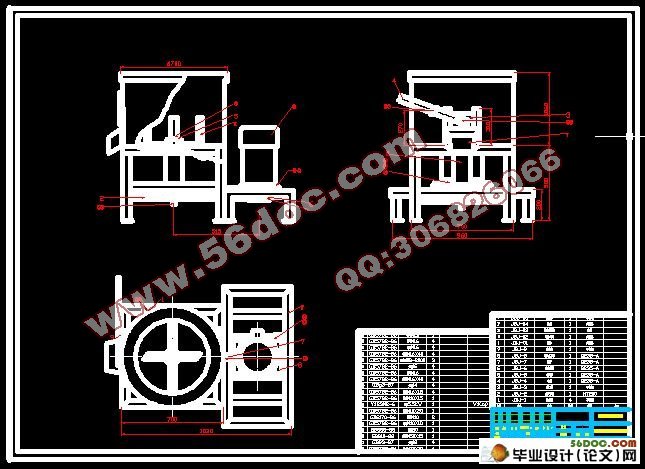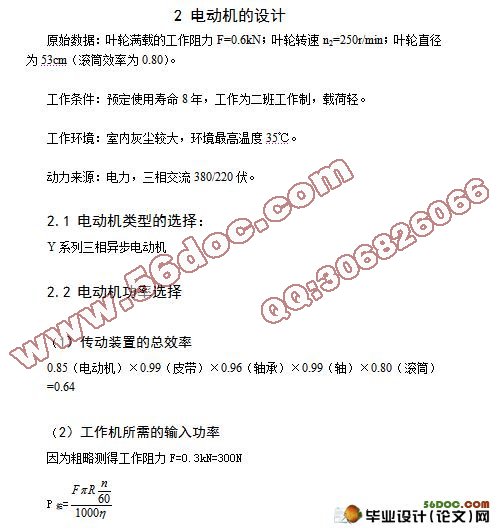米粉混合机零部件设计
无需注册登录,支付后按照提示操作即可获取该资料.
米粉混合机零部件设计(论文说明书6300字,CAD图纸16张,答辩PPT)
摘要:粗粮细吃,吃的是健康,吃的是时尚。食品权威人事一致认为,杂粮米粉、杂粮面条、杂粮粉丝产业将是21世纪最具有发展前途的朝阳产业,是最值得投资的项目。老百姓对绿色杂粮食品需求以每年30%的速度递增,生产利润丰厚。目前,米粉已在长江流域及南方省份普及,并逐渐向北方发展,终将风靡全国。据《南昌日报》报道:南昌市平均每日米粉消耗量高达350吨。每公斤大米可生产鲜米粉1.8~2.8公斤,而其加工费仅为几分钱,利润丰厚,市场巨大。用该米粉混合机生产绿色杂粮食品,投资小(几千元就可上马),见效快(购机回家,产品即可上市),利润大且场需求巨大,经营方式灵活多样。
关键词:米粉;发展;利润丰厚
Parts of rice flour mixer design
Abstract:Fine-coarse grains to eat, eat healthy and eat fashion. Food authority personnel agreed that the grains of rice flour, noodles, cereals, grains industry will be the fans 21 of the most promising sunrise industry, is the most worthy of investment projects. Public demand for green food grains to the annual rate of 30 percent, production profitable. At present, the rice in the Yangtze River Basin and the southern provinces of universal and progressive development of the North will eventually sweep the country. According to "Nanchang Daily" reported: Nanchang average daily consumption of up to 350 tons of rice. Of rice per kilogram of fresh produce 1.8 to 2.8 kilograms of rice flour, and only a few of its fees and reaped huge profits, enormous market. Mixer with the rice grains of green food production, investment in small (a few thousand dollars could be launched), quick (home purchase, the product can be listed), profit and market demand for large, flexible mode of operation.
Key words:rice; development; lucrative



目录
1 绪论 1
2 电动机的设计 2
2.1 电动机类型的选择: 2
2.2 电动机功率选择 2
2.3 确定电动机转速 3
2.4 确定电动机的型号 3
3 皮带的设计 3
3.1 计算功率 4
3.2 选取普通V带型号 4
3.3 确定带轮基准直径D1、D2 4
4 皮带带轮设计 7
4.1 小V带带轮设计 7
4.2 大V带带轮设计 8
5 轴的设计 9
5.1 轴的类型 10
5.2 轴的材料 10
5.3 求输出轴上的功率P2,转速N2和转矩T 10
5.4 初步确定轴的最小直径 10
5.5 轴的结构设计 11
5.5.1拟定轴上零件的装配方案 11
5.5.2根据轴向定位的要求确定轴的各段直径和长度 11
5.5.3确定轴上的倒角尺寸 12
5.6 精确校核轴的疲劳强度 12
6 轴承的设计 12
6.1 滚动轴承的当量动负荷 13
6.2 滚动轴承疲劳寿命的计算 13
7 键联结的设计 14
8 箱体的设计 16
9 总结 16
参考文献 18
致谢 19
